Description
Combining the Two Prayers: In Light of the Qur’an, the Sunnah, and Consensus by Shaykh ʿAbd al-Laṭīf al-Baghdādī is a groundbreaking scholarly work that explores one of the most important yet often debated issues in Islamic law—the permissibility of combining obligatory daily prayers. Deeply rooted in Qur’anic verses, authentic hadith traditions, and the opinions of classical jurists, this book offers both clarity and depth for students, researchers, and everyday Muslims seeking reliable answers.
Prayer (ṣalāh) is the cornerstone of faith, and disputes over its timing and performance have long divided jurists across the Sunni and Shiʿa schools. In this meticulously researched volume, the author examines the opinions of the four Sunni madhhabs—Hanafi, Maliki, Shafiʿi, and Hanbali—alongside the views of the Imami jurists, comparing their evidence with Qur’anic rulings and Prophetic practice. Drawing upon narrations from both Ahl al-Bayt and Ahl al-Sunnah, the book demonstrates how the combining of prayers, whether while traveling or at home, is supported by both scripture and consensus.
Among its highlights, the book addresses:
-
The times of the five daily prayers according to Qur’an and hadith.
-
The detailed rulings of Sunni and Shiʿa jurists on combining ẓuhr–ʿaṣr and maghrib–ʿishāʾ.
-
Common objections to prayer combination and their refutations.
-
The wisdom of flexibility in prayer as a mercy for the ummah.
-
Practical guidance for both resident and traveling Muslims.
With endorsements from senior scholars and a clear, methodical style, Combining the Two Prayers is not just a juristic manual but also a unifying text that encourages Muslims to approach differences with knowledge and respect. The book shows that separating or combining prayers both have valid roots in Islamic tradition, and that the true spirit of the law is to ease hardship and strengthen devotion.
This second edition has been refined for clarity, bringing together scattered evidences into one comprehensive resource. Whether you are a student of Islamic studies, an imam, or a lay reader seeking to understand prayer times with precision, this work provides a rare balance of scholarly depth and accessibility.



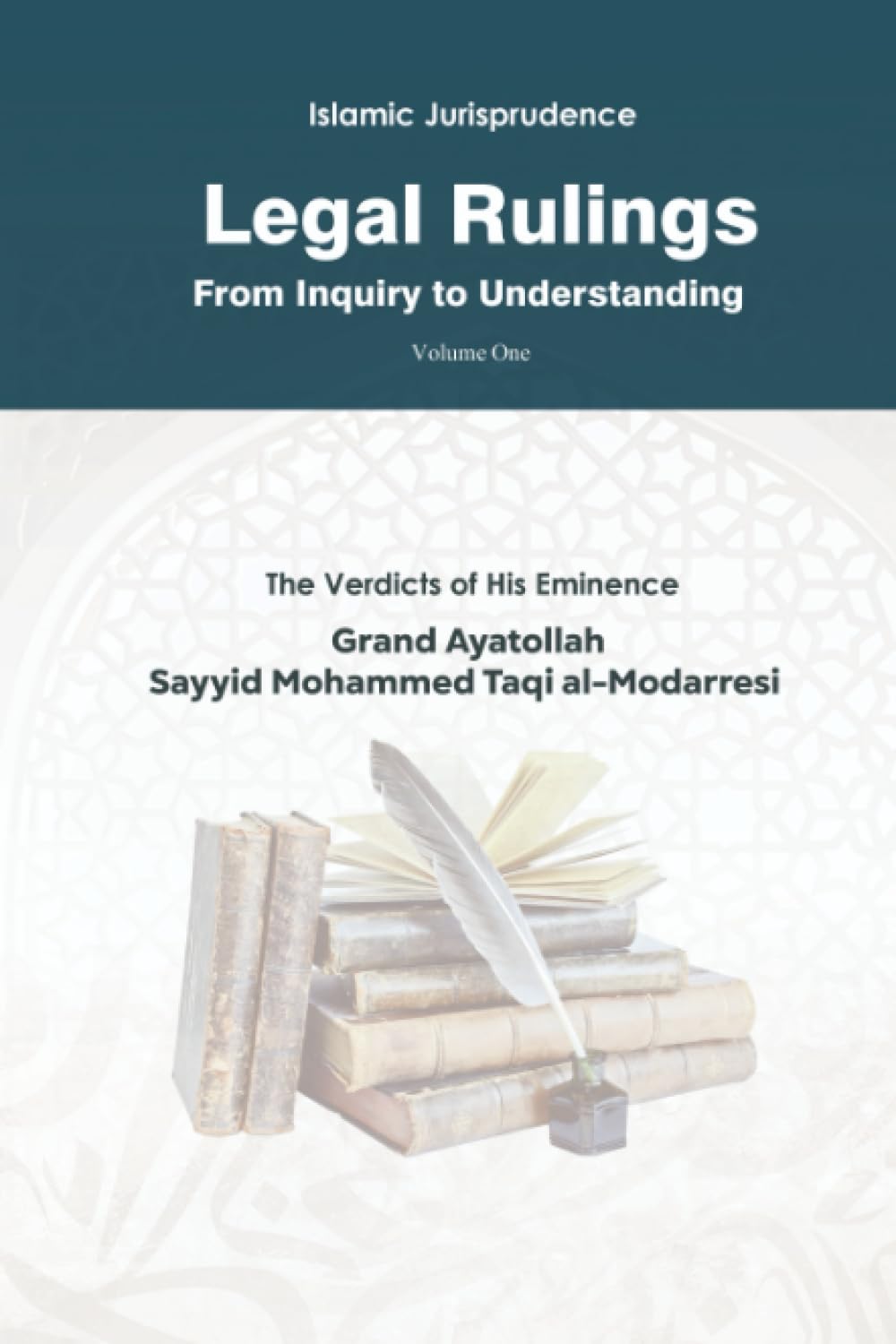
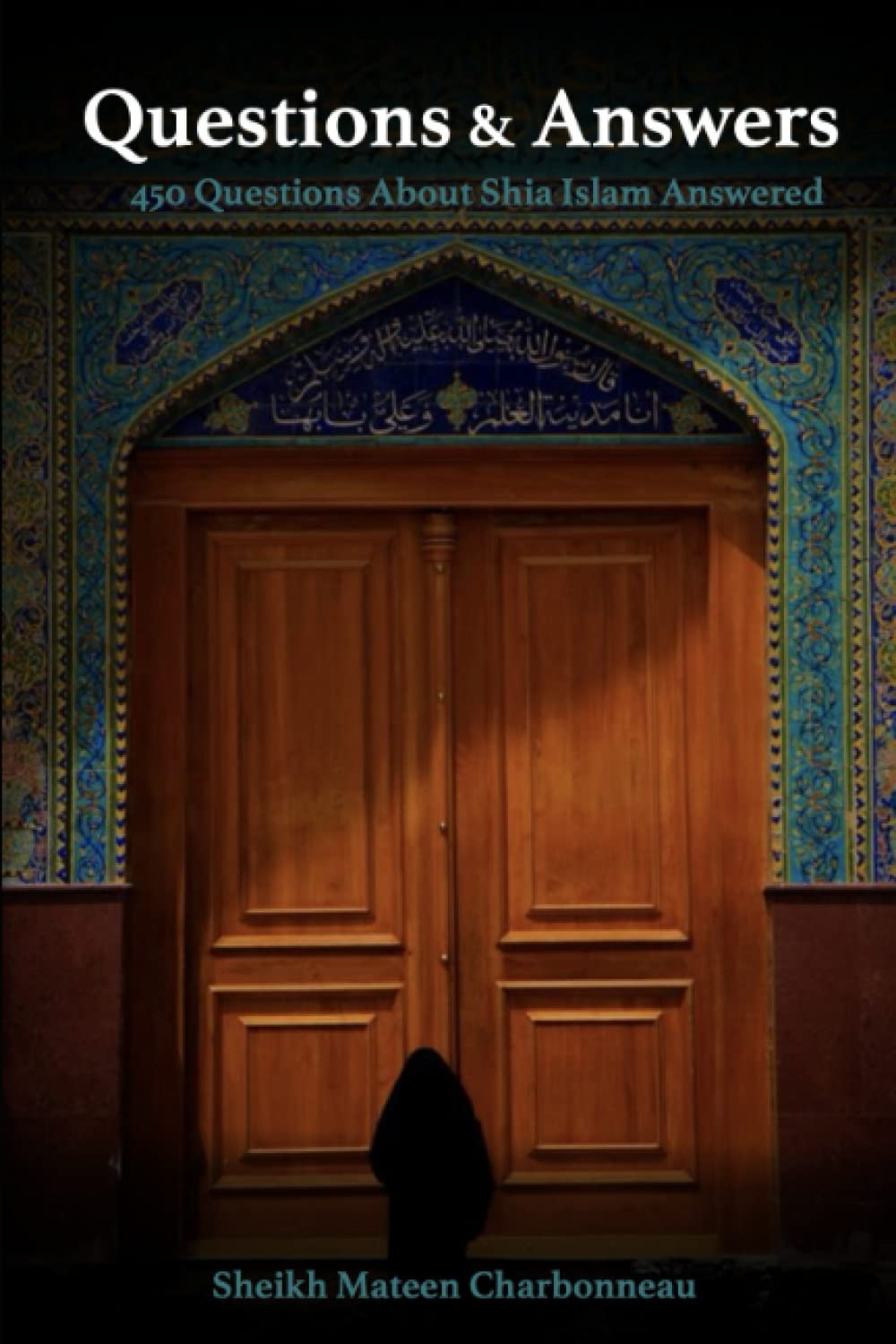
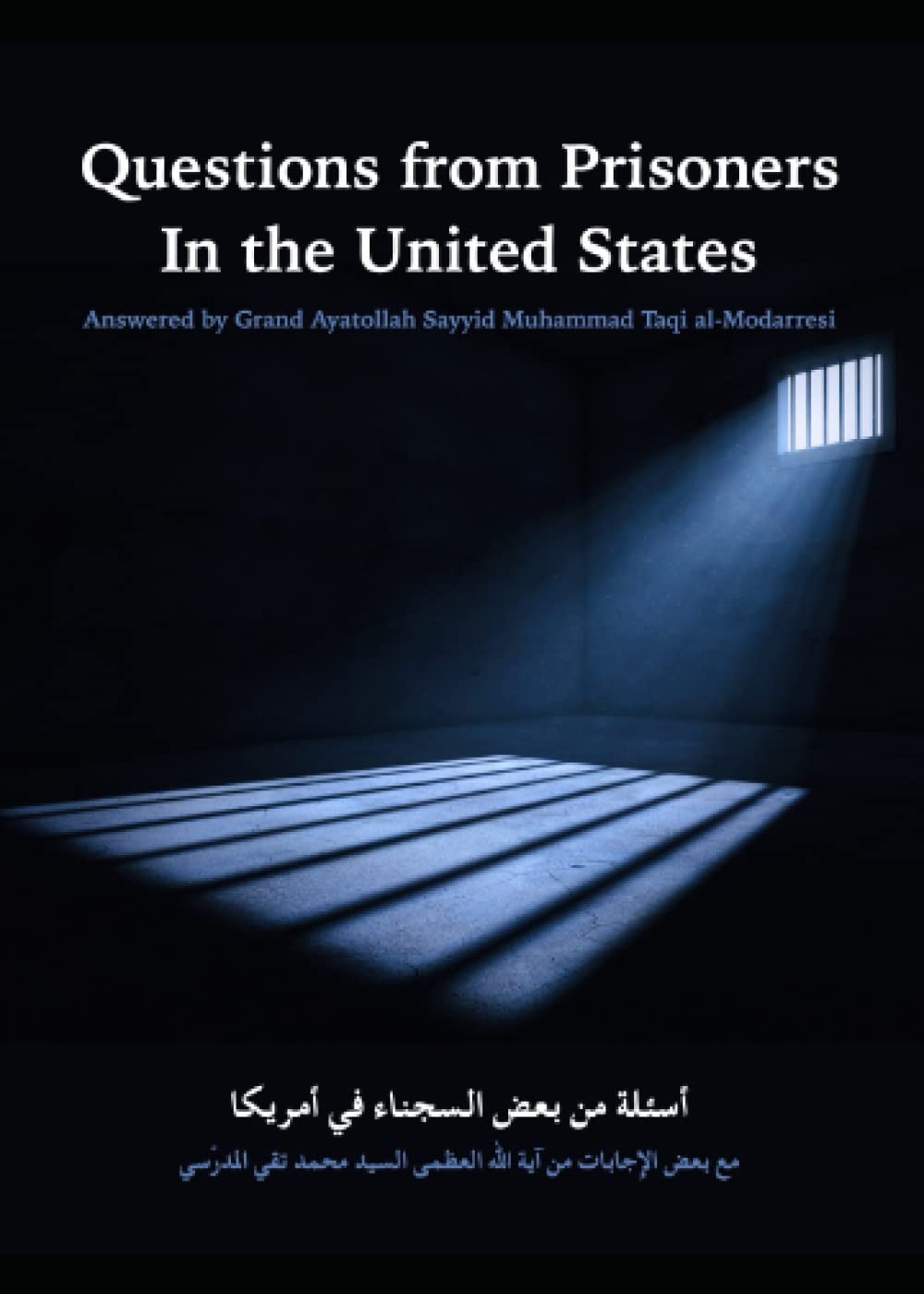
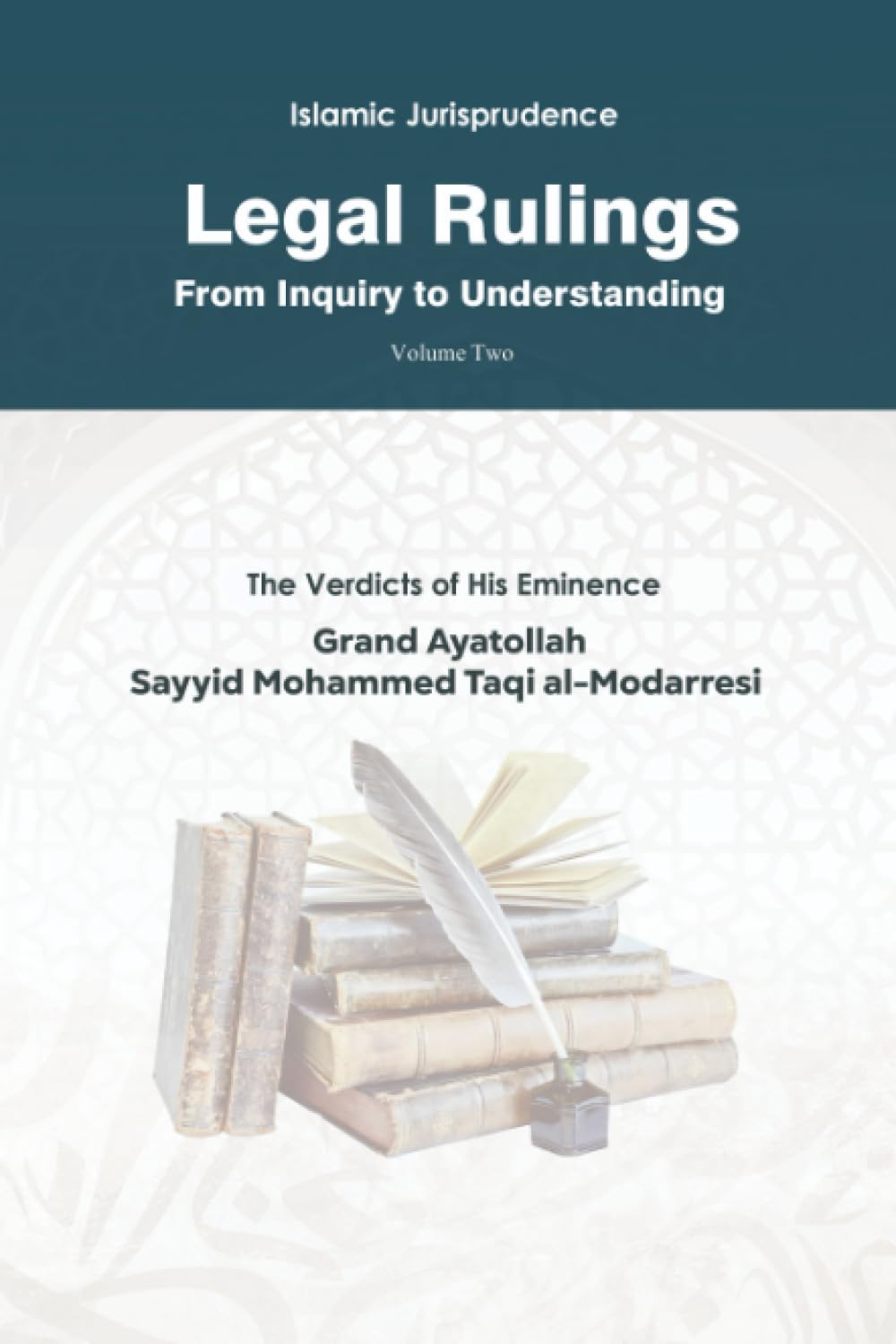
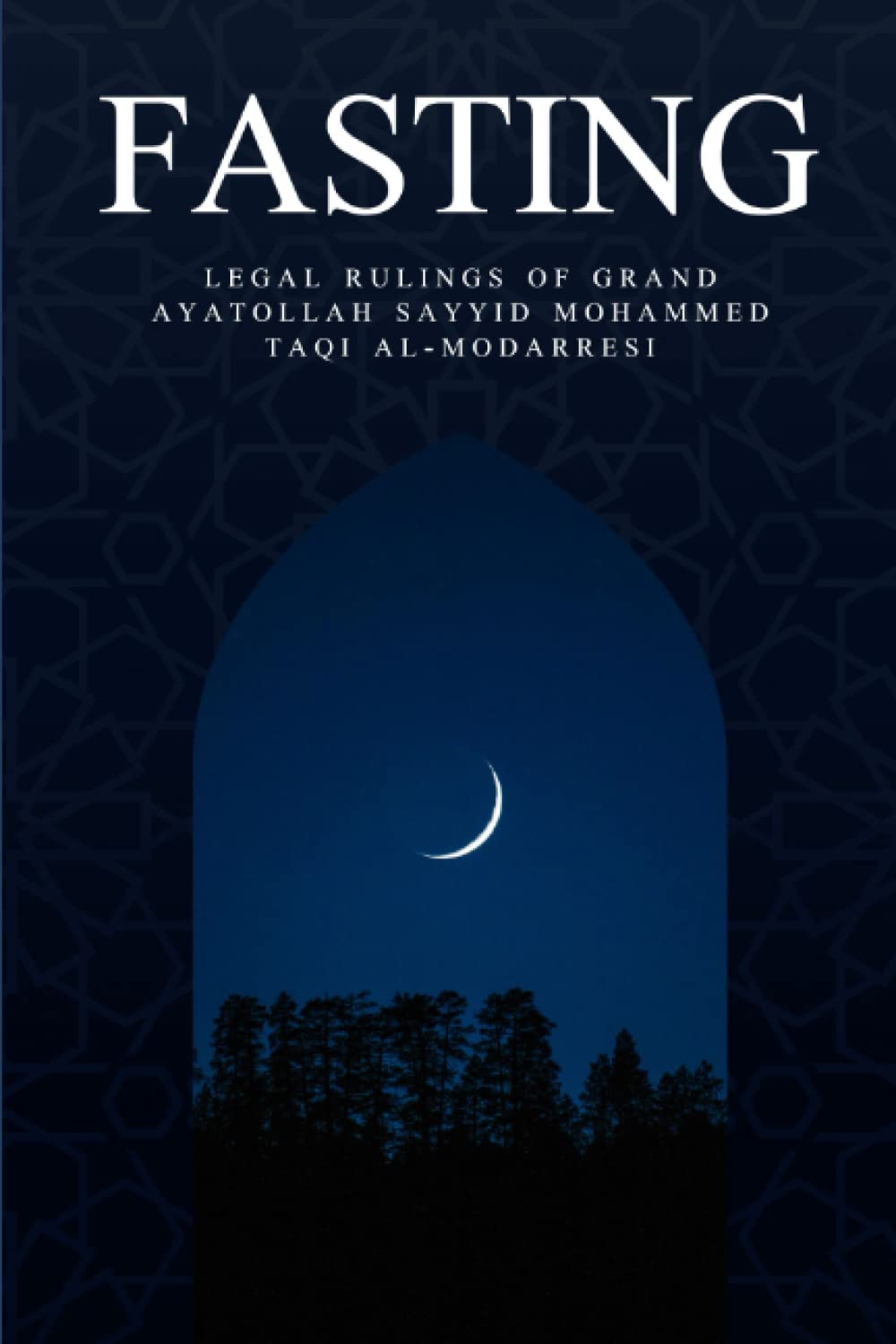

Your review is awaiting approval
https://t.me/s/rating_online/13
Your review is awaiting approval
https://t.me/s/rating_online/1
Your review is awaiting approval
https://t.me/s/rating_online/7
Your review is awaiting approval
https://t.me/s/rating_online/4
Your review is awaiting approval
https://t.me/s/rating_online/8
Your review is awaiting approval
https://t.me/rating_online/4
Your review is awaiting approval
https://t.me/s/Official_1xbet_1xbet
Your review is awaiting approval
https://t.me/s/Online_1_xbet/3347
Your review is awaiting approval
https://t.me/s/Online_1_xbet/204
Your review is awaiting approval
wph0dq
Your review is awaiting approval
m48kpq
Your review is awaiting approval
qrw2f2